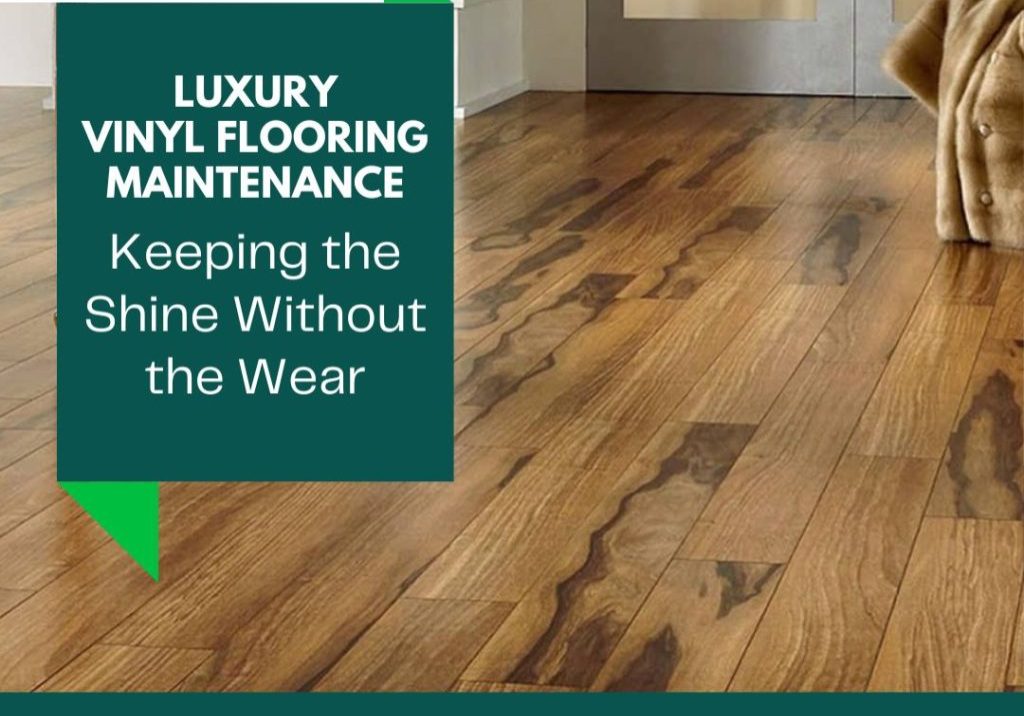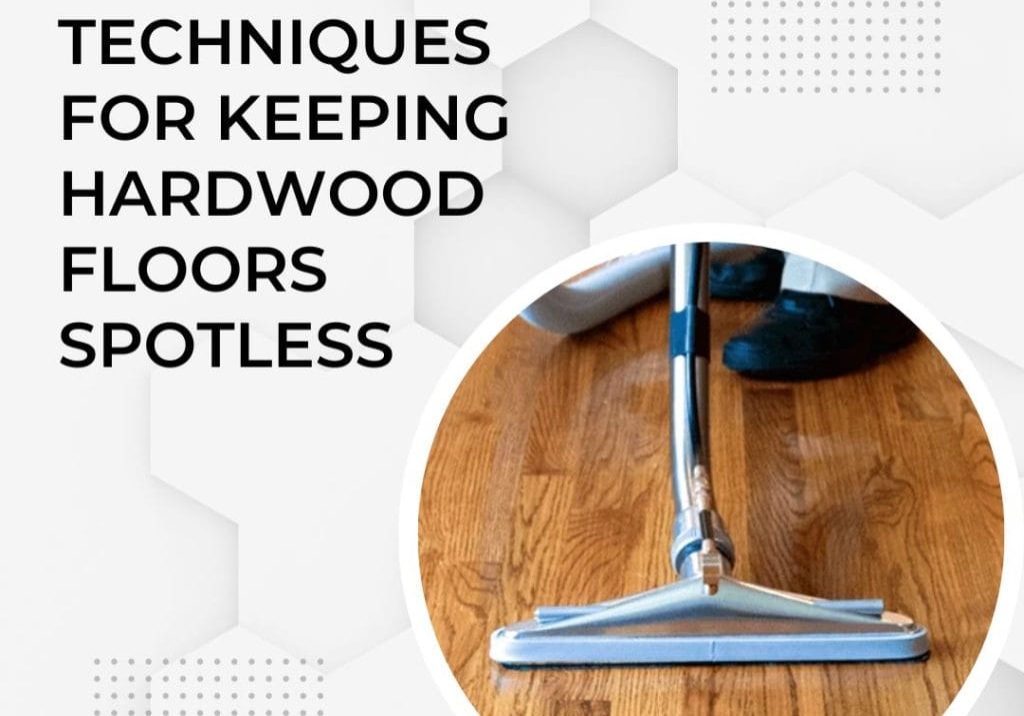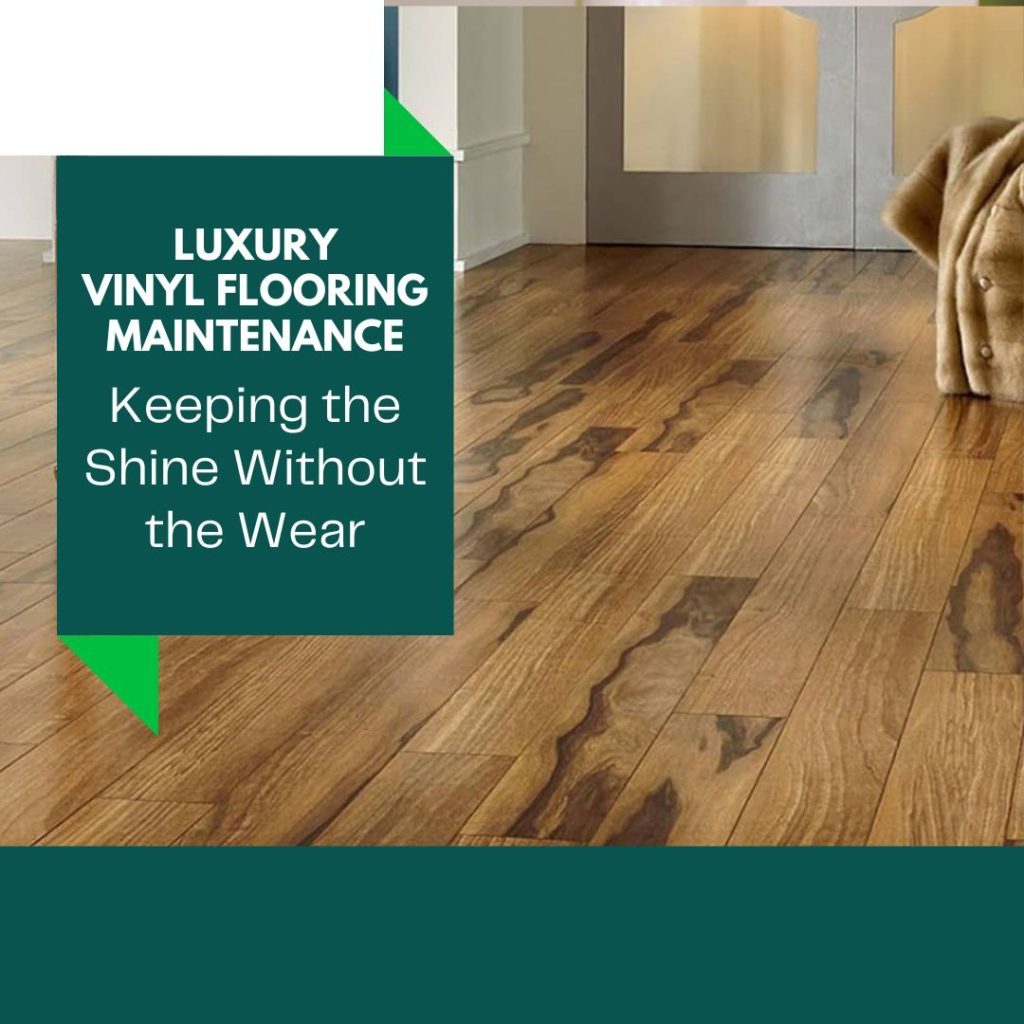Wood floors add a charming and elegant touch to your business setting, but over time, they are prone to scratches and scuffs, marring their beauty. This blog post addresses a common problem many face – how to fix deep scratches in a wood floor. These scratches can be more than just a minor annoyance, Whether due to moving furniture or daily wear and tear. They can detract from the overall appearance of your premises, potentially impacting your business’s image. However, don’t despair; there are effective ways for wood floor scratch repair, and we are here to guide you through them.
Understanding Scratch Types and Severity
To properly address the issue of how to fix deep scratches in a wood floor, it’s essential to first understand the types and severity of the scratches. Knowing the depth and extent of the scratch is key to identifying the most effective wood floor scratch repair method. Let’s delve into this topic further.
Different Types of Scratches.
Scratches on wood floors can be categorized into three types: light, medium, and deep. Light scratches only affect the surface finish, not penetrating the wood. Medium scratches reach the wood but not too deeply, often caused by small stones or dirt dragged across the floor. Deep scratches are the most serious, digging into the wood and sometimes even reaching the subflooring. These are usually caused by heavy furniture or sharp objects. Each of these scratch types will require a different approach for repair.
The Importance of Assessing the Severity of Repair.
Assessing the severity of scratches is crucial in the repair process. It helps determine the best action, from a simple buff and recoat for light scratches to more comprehensive sand and refinish for deep ones. Misjudging the severity could lead to ineffective repairs or further damage to your beautiful wood floors.
Preparing the Floor for Repair
Before diving into how to fix deep scratches in a wood floor, it’s crucial to prepare your floor effectively for the repair process. A clean, dust-free surface sets the stage for a successful and efficient repair, ensuring the best possible outcome for your wood flooring. Let’s explore this preparatory phase in more detail.
-
Clear the Floor
The first step in how to fix deep scratches in a wood floor involves cleaning the area. Remove any furniture, rugs, or other objects from the floor to provide an unobstructed workspace.
-
Sweep and Vacuum
Next, it’s essential to sweep or vacuum the floor to eliminate dust, dirt, or small debris that could interfere with the repair process. Pay special attention to the scratched areas.
-
Clean with Wood Floor Cleaner
After sweeping, use a dedicated wood floor cleaner to remove dirt and grime. Avoid water or harsh chemicals, as they can cause further damage.
-
Dry the Floor
Finally, ensure the floor is thoroughly dried before beginning the repair. Any residual moisture could prevent the repair materials from adhering properly, compromising the effectiveness of the wood floor scratch repair.
Remember, proper preparation is the key to a successful repair and helps ensure your wood floor’s longevity and beauty.
Fixing Light Surface Scratches
Now that we’ve prepared the floor for repair let’s begin with the least invasive method – addressing light surface scratches. These minor nuisances can often be fixed without significant time or resources, quickly restoring your wood floor’s elegance and charm.
Using DIY Solutions
Believe it or not, some of the most effective methods for repairing light surface scratches on your wood floor can be found in your home. One basic DIY solution involves a mixture of baking soda and olive oil. After combining these two into a thick paste, apply it gently to the scratched area using a soft cloth, then wipe off the excess. The baking soda is a mild abrasive to remove the scratch, while the olive oil rehydrates the wood.
Commercial Products
If you’re dealing with more persistent light scratches, using commercial products might be your best option. Many companies offer specialized wood floor scratch repair kits. These kits usually contain a marker or crayon to match your floor’s color. By carefully applying this product to the scratched area, you can effectively camouflage the scratch, restoring your floor’s pristine appearance.
Using Wax and Sealants
Another effective method to fix light surface scratches is using wax and sealants. These products fill in scratches, sealing the surface and preventing further damage. Apply the wax or sealant according to the product’s instructions, then buff the area to shine. This method not only repairs scratches but also refreshes the overall look of your wood floor.
Choosing the Right Stain Marker
Selecting an appropriate stain marker is a crucial step in how to fix deep scratches in a wood floor. The right marker can seamlessly blend in the repaired areas with the rest of the floor, maintaining its uniform, elegant look.
Determine Your Wood Floor’s Color
The first step in choosing the right stain marker for wood floor scratch repair is determining the color of your wood floor. This is crucial because the stain marker should ideally match your floor’s color to blend the repair seamlessly. You can do this by comparing a corner or hidden area of your floor to various stain samples.
Choose the Right Shade
Once you’ve determined the color, choose a stain marker that matches or is a shade lighter than your floor. You can mix two shades to get the desired color if the exact match isn’t available. A lighter shade is preferable as too dark a color can make the repair more noticeable.
Test The Stain Marker
Before applying the stain marker on the visible area, always test it on an inconspicuous floor area. This allows you to see if the color matches and practice using it.
Apply the Stain
When confident in your color choice, apply the stain marker to the scratch. Stay within the lines of the scratch and avoid staining the surrounding area. After application, let the stain dry as per the product’s instructions.
Evaluate Your Result
Finally, evaluate your result. If the scratch is still noticeable, you may need to reapply the stain or consider a slightly darker shade. With patience and the right stain marker, you can effectively conceal scratches and maintain the aesthetic appeal of your wood floor.
Natural Remedies for Light Scratches
We’ve covered a range of commercial solutions, but did you know that there are also natural remedies you can use for light scratches on your wood floor? These household items can be a quick, cost-effective solution to maintain the beauty of your wood floor. Let’s delve into these natural methods.
Using Walnuts
Believe it or not, walnuts can be an effective solution for fixing light scratches on wood floors. Simply rub a shelled walnut over the scratch in a circular motion and then along the length of the scratch. The natural oils in the walnut will fill in and darken the scratch, blending it into the rest of the floor.
Applying Vinegar and Olive Oil
A mixture of vinegar and olive oil can also work wonders on light scratches. Combine equal parts of both in a bowl, apply the mixture to the scratches using a soft cloth, and then wipe off the excess after a few minutes. The vinegar helps clean the scratch, while the olive oil is a natural sealer.
Using Tea
Brewed tea, particularly black tea, can help hide light scratches thanks to its staining properties. Brew a strong black tea, let it cool, and then apply it to the scratch using a soft cloth. After a few minutes, wipe off the excess. The tannic acid in the tea will darken the scratch, camouflaging it with the rest of the floor.
Addressing Deep Gouges and Scuffs
Dealing with deep gouges and scuffs may seem daunting, but this aspect of wood floor scratch repair is manageable with the right approach and tools. Let’s dive into the methods on how to fix deep scratches in a wood floor and restore its original glory.
Assessing the Damage
The first step in how to fix deep scratches in a wood floor is to assess the severity of the damage. If the scratch has penetrated the surface and exposed the raw wood, you’re dealing with a deep gouge requiring more intensive repair methods.
Cleaning the Area
Before you can begin the repair process, ensure the area is clean. Use a soft, damp cloth to remove dust or debris from the gouge. This will provide a clean surface that will help the filler adhere properly and result in a smoother, more seamless repair.
Filling the Gouge
The next step in wood floor scratch repair for deep gouges involves using a wood filler. Apply the stuffing into the gouge utilizing a putty knife, ensuring that it is well-pressed into the scratch and leveled with the floor surface.
Sanding the Surface
Once the filler has fully dried, sand the area gently to ensure it is flush with the rest of the floor. Remember to follow the grain of the wood when filing to avoid creating additional scratches.
Staining and Sealing
After sanding, you can apply a stain that matches your floor color to the repaired area. Once the paint has dried, apply a sealer to protect the repaired area and enhance the floor’s finish. Even the deep gouges and scuffs can be effectively fixed with these steps, restoring your floor’s pristine look.
Applying Wood Filler
Let’s delve into the process of applying wood filler, a crucial step in our guide on how to fix deep scratches in a wood floor, and observe how this versatile material aids in effectively restoring your floor’s original charm.
Sanding and Refinishing Techniques
Sanding and refinishing are vital techniques in wood floor scratch repair, particularly when dealing with how to fix deep scratches in a wood floor. These processes smooth out the applied filler and ensure that the restored area blends seamlessly with the rest of the floor. Let’s explore these integral steps further.
When To Sand and Refinish
Sanding and refinishing are necessary for severe scratches that have penetrated the finish and exposed the raw wood. This process repairs the damage and revitalizes the overall look of your wood floor, making it seem as good as new.
Preparing for Sanding
Before sanding, ensure your workspace is well-ventilated and free of dust or debris. Equip yourself with safety gear, including a dust mask, safety glasses, and ear protection.
The Sanding Process
Start the sanding process using a drum or orbital sander with coarse-grit sandpaper. This will help remove the old finish and level the floor. Sand following the grain of the wood to avoid cross-grain scratches. Gradually work through medium to fine-grained sandpaper to smooth the floor’s surface.
Refinishing the Floor
Once the surface is smooth and all scratches are removed, it’s time to refinish. Apply a stain that matches your floor color and let it dry. Following this, apply a clear wood finish for protection. Use a high-quality brush or lambswool roller and lay in the direction of the grain. Allow the finish to dry for the manufacturer-recommended time before walking on the floor.
Prevention Strategies for Hardwood Floor Scratches
Preventing scratches on your hardwood floor is just as important as knowing how to fix them. Here are a few key strategies to help you maintain your floor’s pristine condition.
Use Protective Pads
Place felt pads or rubber caps under furniture legs to prevent scratching when moving or shifting items. Regularly check these pads for wear and replace them as necessary.
Clean Regularly
Avoid accumulation of dirt or grit that can scratch your floor by regularly sweeping or vacuuming. Use products specifically designed for hardwood floors to prevent damage from harsh chemicals.
Implement a No-Shoe Policy
High heels or shoes with hard soles can cause dents and scratches. Implement a no-shoe policy in rooms with hardwood floors to minimize potential damage.
Use Area Rugs
Area rugs and doormats are excellent for high-traffic areas. They add to the aesthetic appeal of your rooms and offer an extra layer of protection for your floors.
By incorporating these preventative measures, you can significantly reduce the likelihood of scratches and keep your hardwood floors looking their best for years.
When To Call a Professional
Even though knowing how to fix deep scratches in a wood floor empowers you to handle minor damages yourself, there are times when seeking professional help is the best course of action. Let’s explore when dialing for an expert’s touch is wise.
Assessing the Severity
Despite your best efforts, there may be instances when the damage to your wood floor could be more severe for a DIY repair. If the scratch or gouge is extremely deep, affects a large area, or is in a highly visible location, call in a professional.
Lack of Proper Tools
Wood floor scratch repair requires specific tools and materials. A professional service is a wise option if you need access to these or are uncomfortable using them. They are equipped with everything necessary to restore your floor effectively.
Time Constraints
If you’re running a business, time is of the essence. A professional can complete the repair quickly and efficiently, allowing you to focus on other important matters. This is especially beneficial when dealing with how to fix deep scratches on a wood floor, which can be a time-consuming process.
Ensuring Quality
A professional floor repair service brings expertise and experience to the job, ensuring a high-quality finish that matches the rest of your floor. If you need more certainty about your ability to achieve a seamless repair, enlisting a professional is best.
Remember, the goal is not just to fix the damage but also to maintain your wood floor’s aesthetic quality and durability. Therefore, knowing when to call a professional is crucial in wood floor scratch repair.
Conclusion
Understanding how to fix deep scratches in a wood floor is pivotal for maintaining the elegance and longevity of your wooden floors. This comprehensive guide covers the essential steps ranging from identifying the type of scratch using the right materials for repair to the importance of sanding and refinishing. It also stresses preventative measures and the appropriate time to call a professional. Don’t let minor scratches dampen the charm of your hardwood floors. Implement these strategies to preserve their beauty and durability, ensuring they continue to enhance your commercial space for years to come.










